Trinidad Chevron Tarantula
- March 15, 2024
- 0 comment
Trinidad Chevron Tarantula, a captivating arachnid native to the Caribbean island of Trinidad, boasts a mesmerizing appearance and intriguing behavior. With its distinctive chevron-patterned coloration, alternating bands of black and orange or yellow adorn its robust body, making it a striking sight in its natural habitat. Typically found in lush rainforests and tropical regions, these tarantulas prefer to dwell in burrows or hide amidst foliage during the day, emerging at night to hunt for prey.

Despite their fearsome appearance, they are relatively docile creatures, preferring to avoid confrontation with potential threats. While not currently endangered, conservation efforts are crucial to safeguard the Trinidad Chevron Tarantula’s habitat and ensure its continued presence in the wild.
Trinidad Chevron Tarantula Characteristic
| Characteristic | Description |
|---|---|
| Scientific Name | Psalmopoeus cambridgei |
| Common Name | Trinidad Chevron Tarantula |
| Size | Medium-sized; females typically 4 to 5 inches in length |
| Coloration | Chevron-patterned with alternating bands of black and orange or yellow |
| Habitat | Lush rainforests and tropical regions of Trinidad; often found in burrows or hiding amidst foliage |
| Behavior | Nocturnal; emerges at night to hunt for prey; relatively docile and shy |
| Diet | Insects such as crickets, cockroaches, and grasshoppers |
| Reproduction | Males engage in courtship rituals to attract females; females guard eggs until they hatch into spiderlings |
| Threats | Habitat loss and collection for the pet trade; not currently endangered |
| Conservation Status | Conservation efforts are crucial to safeguard its habitat and mitigate human-induced threats |
| Care in Captivity | Requires a suitable habitat mimicking its natural environment; proper substrate, humidity levels, and temperature |
| Venom | Potent venom, but bite is not considered life-threatening to humans |
A Unique Arachnid Marvel
Trinidad Chevron Tarantula, scientifically known as Psalmopoeus cambridgei, is a fascinating species of tarantula native to the Caribbean island of Trinidad. Known for its striking appearance and intriguing behavior, this tarantula has captured the interest of arachnid enthusiasts and researchers alike.
Physical Description
Size and Coloration
Trinidad Chevron Tarantula typically reaches a medium size, with adult females spanning between 4 to 5 inches in length, while males are slightly smaller. One of its most striking features is its intricate coloration, characterized by alternating bands of black and orange or yellow, creating a chevron-like pattern along its body. This unique coloration serves as camouflage in its natural habitat, allowing it to blend into the diverse foliage of Trinidad’s rainforests.

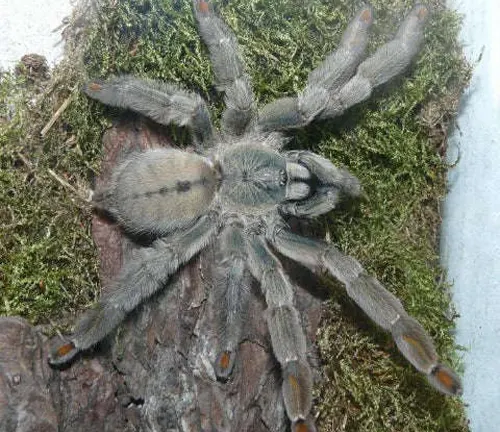
Distinctive Features
In addition to its captivating coloration, the Trinidad Chevron Tarantula possesses several distinctive features. Its body is robust, covered in dense hairs that contribute to its tactile senses and aid in detecting vibrations in its environment. This tarantula also boasts long, hairy legs, which it uses for movement and to capture prey. With eight eyes arranged in two rows, the Trinidad Chevron Tarantula possesses keen eyesight, enabling it to navigate its surroundings and detect potential threats or prey. These features collectively make the Trinidad Chevron Tarantula a visually striking and fascinating species within the realm of arachnids.
Habitat and Distribution

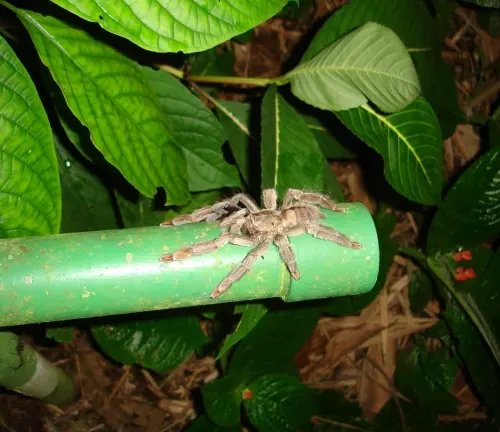
The Trinidad Chevron Tarantula is primarily found in the lush rainforests and tropical regions of its namesake island, Trinidad. Within these habitats, it prefers areas with abundant vegetation and suitable microclimates for shelter and hunting. In the wild, these tarantulas can be found dwelling in burrows dug into the forest floor or hiding amidst foliage to avoid predators and regulate their body temperature.
As for its distribution, the Trinidad Chevron Tarantula is endemic to Trinidad, meaning it is found naturally only on this particular island. However, there have been reports of sightings in neighboring regions, suggesting potential dispersal or human-mediated introduction. While once abundant throughout its native habitat, habitat destruction and collection for the pet trade have led to localized declines in population numbers. Conservation efforts are crucial to preserve the Trinidad Chevron Tarantula’s natural habitat and ensure its continued presence in the wild.
Behavior and Diet
The Trinidad Chevron Tarantula exhibits fascinating behavior patterns and has a diverse diet in its natural habitat.
Behavior
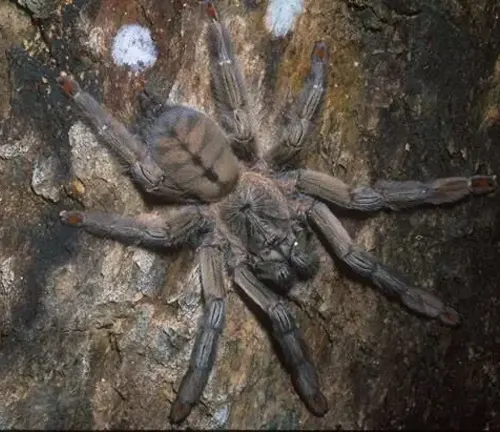
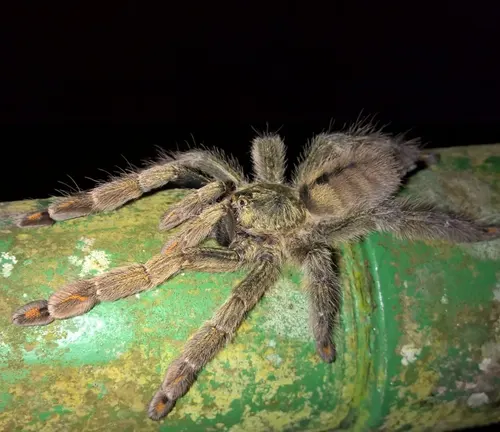
- Nocturnal Activity: The Trinidad Chevron Tarantula is primarily nocturnal, meaning it is most active during the night. It emerges from its burrow or hiding spot after dusk to hunt for prey and engage in other activities.
- Docile Nature: Despite its fearsome appearance, the Trinidad Chevron Tarantula is generally docile and shy. It prefers to avoid confrontation with potential threats and will often retreat or flee rather than confront aggressors.
- Territorial Behavior: While not highly territorial, Trinidad Chevron Tarantulas may exhibit territorial behavior, especially during mating season. Males may engage in rituals to establish dominance and court females.
Diet
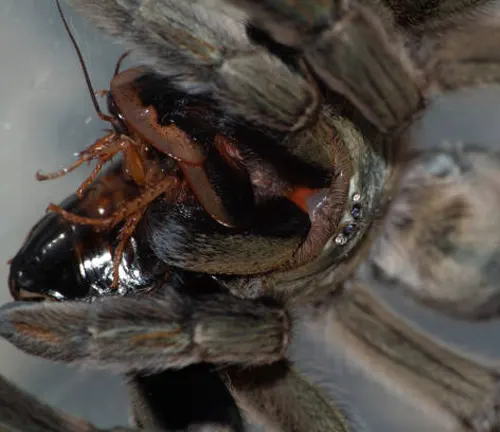
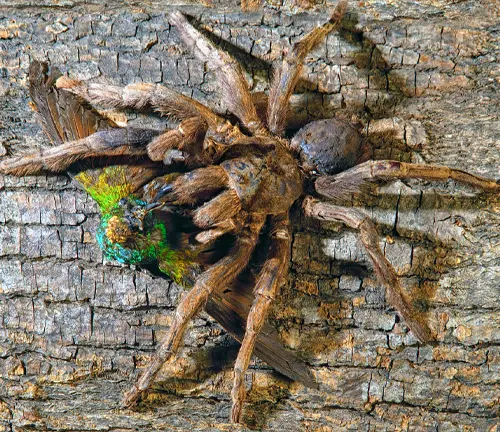
- Insectivorous Diet: The diet of the Trinidad Chevron Tarantula consists primarily of insects. Common prey items include crickets, cockroaches, grasshoppers, and other small invertebrates found in its natural habitat.
- Ambush Predator: Trinidad Chevron Tarantulas are ambush predators, lying in wait for unsuspecting prey to pass by. Once prey is detected, they quickly pounce on it and immobilize it using their venomous bite.
- Feeding Frequency: These tarantulas typically feed opportunistically, consuming prey whenever it is available. Depending on factors such as temperature and prey availability, they may feed anywhere from a few times a week to less frequently.
Reproduction
The reproduction process of the Trinidad Chevron Tarantula involves intricate courtship rituals and careful egg-laying by females.

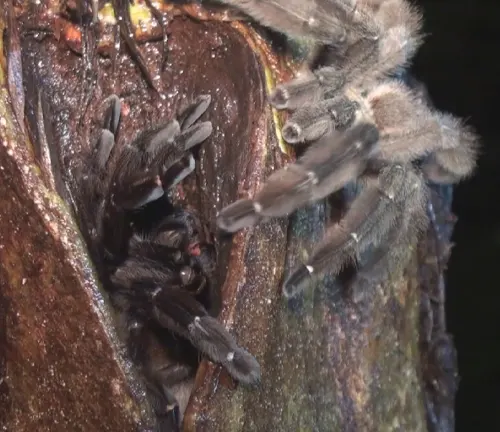
- Courtship Rituals: During the breeding season, male Trinidad Chevron Tarantulas embark on a quest to find a mate. They employ elaborate courtship rituals to attract females, which may involve tapping on the ground or vibrating their bodies in specific patterns. These displays serve to communicate their intentions and assess the receptiveness of potential mates.
- Mating: Once a suitable mate is found, mating occurs, typically initiated by the male. He carefully approaches the female, ensuring she is receptive to his advances. If successful, the male deposits a sperm packet onto the ground and guides the female over it to facilitate fertilization.
- Egg Laying: After mating, the female Trinidad Chevron Tarantula enters a period of gestation, during which she carries fertilized eggs within her abdomen. When the time is right, she seeks out a suitable location to lay her eggs, often constructing a silk-lined nest or burrow to protect them. Once laid, the female diligently guards the eggs, ensuring they remain safe until they hatch into spiderlings.
- Parental Care: Female Trinidad Chevron Tarantulas exhibit significant parental care, guarding the eggs against potential threats and providing limited assistance to spiderlings upon hatching. However, once the spiderlings emerge, they are left to fend for themselves, as the female resumes her normal activities.
Threats and Conservation Status
The Trinidad Chevron Tarantula faces various threats in its natural habitat, impacting its conservation status and long-term survival.
Habitat Loss
One of the primary threats to the Trinidad Chevron Tarantula is habitat loss due to deforestation, urbanization, and agricultural expansion. As human activities encroach upon its native rainforest habitat in Trinidad, the tarantula’s available living space diminishes, leading to population declines and increased vulnerability to extinction.
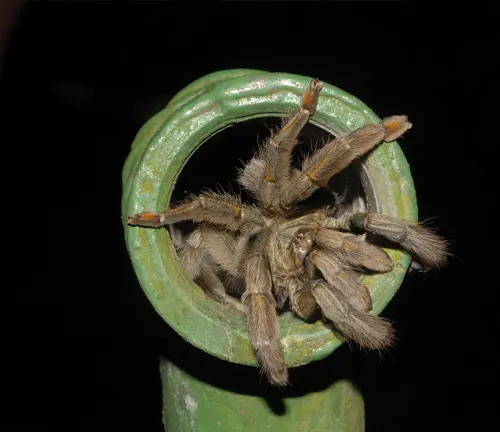
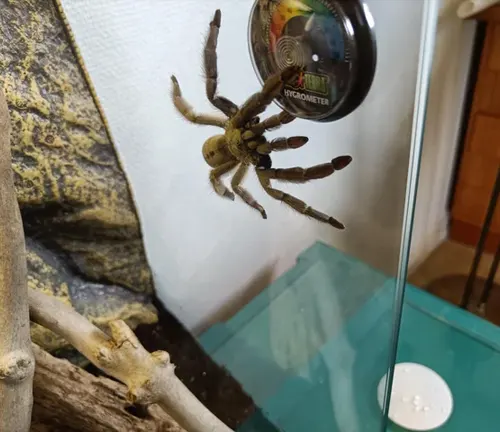
Collection for the Pet Trade
The Trinidad Chevron Tarantula is also targeted for collection and trade in the exotic pet market. Demand for this species among enthusiasts and collectors has led to overexploitation, further reducing wild populations and disrupting ecosystems.
Climate Change
Climate change poses additional challenges to the Trinidad Chevron Tarantula, altering temperature and precipitation patterns in its habitat. These changes can disrupt breeding cycles, food availability, and overall ecosystem dynamics, affecting the tarantula’s survival and reproductive success.
Conservation Status
While specific population data is limited, the Trinidad Chevron Tarantula is not currently listed as endangered. However, it is considered vulnerable due to ongoing habitat destruction and collection pressures. Conservation efforts are crucial to protect remaining populations and preserve their natural habitat.
Conservation Measures
Conservation initiatives aimed at safeguarding the Trinidad Chevron Tarantula include habitat restoration, protected area designation, and community-based education and outreach. Additionally, regulations on the collection and trade of wild-caught specimens can help mitigate overexploitation and promote sustainable management practices.
Handling and Care in Captivity
Proper handling and care are essential for ensuring the health and well-being of Trinidad Chevron Tarantulas kept in captivity. Here are some important considerations:
Housing
Provide a suitable enclosure for your tarantula, such as a glass or plastic tank with secure ventilation. The enclosure should be spacious enough to allow for movement but also provide hiding spots for security.
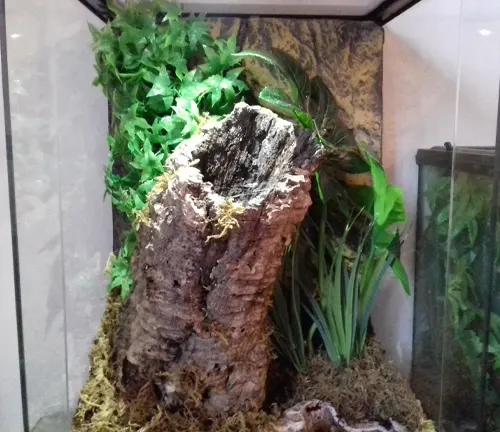
Substrate
Use a substrate such as coconut fiber or peat moss to create a moist, naturalistic environment for your tarantula. Ensure that the substrate is deep enough for burrowing and holds moisture well to maintain humidity levels.
Temperature and Humidity
Maintain temperatures between 75°F and 85°F (24°C to 29°C) and humidity levels between 65% and 75%. Use a combination of heating pads or lamps and misting to regulate temperature and humidity levels within the enclosure.
Feeding
Offer a varied diet of live insects, including crickets, mealworms, and roaches, to provide essential nutrients for your tarantula. Avoid overfeeding to prevent obesity and health issues.
Handling
Handle your tarantula with care and respect its space. Use a soft brush or your hands to gently coax it onto your palm. Avoid sudden movements or handling when the tarantula is stressed or in the process of molting.
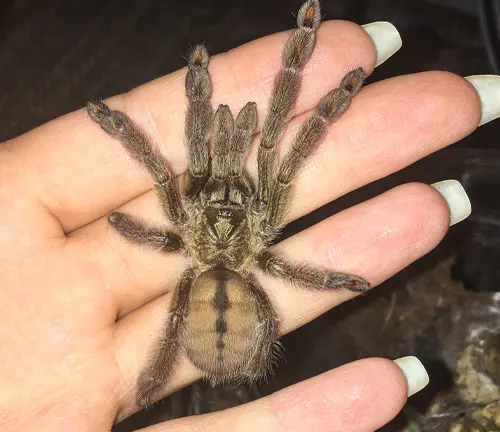
Safety Precautions
Be cautious when handling tarantulas to avoid bites or injuries. Wash your hands before and after handling, and avoid handling during periods of aggression or stress.
Health Monitoring
Monitor your tarantula’s behavior and appearance regularly for signs of illness or stress, such as lethargy, loss of appetite, or abnormal behavior. Seek veterinary care if you notice any concerning symptoms.
Different Species
Psalmopoeus irminia
Also known as the Venezuelan Suntiger, this species is native to Venezuela and is characterized by its striking orange and black coloration.
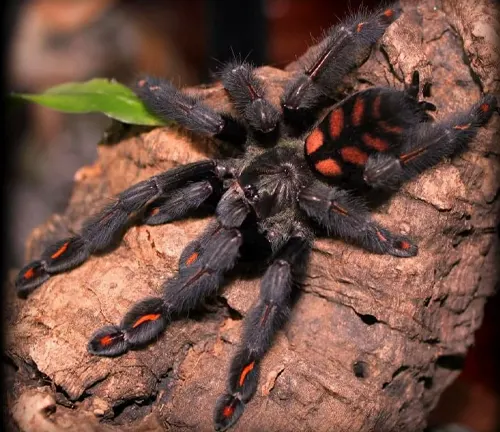
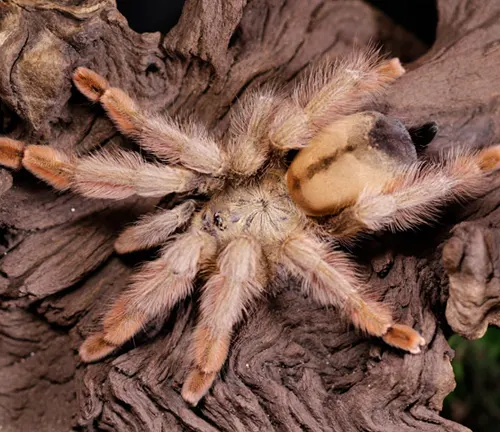
Psalmopoeus pulcher
Commonly referred to as the Panama Blonde, this species hails from Panama and exhibits a beautiful golden coloration.
Psalmopoeus victori
Found in Ecuador, this species, also known as the Ecuadorian Purple Pinktoe, displays a mix of purple and pink hues on its legs.
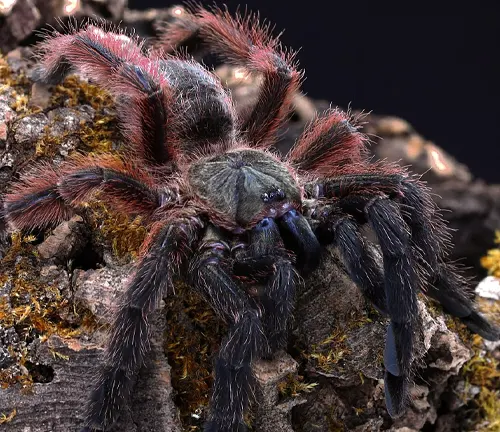
Psalmopoeus ecclesiasticus
Native to the Dominican Republic, this species, known as the Haitian Brown Tarantula, features a brownish coloration with intricate patterns on its body.
Frequently Asked Question (FAQs)
- What is the average lifespan of a Trinidad Chevron Tarantula in the wild?
In the wild, Trinidad Chevron Tarantulas typically have an average lifespan of 7 to 10 years. - How often do Trinidad Chevron Tarantulas molt?
Trinidad Chevron Tarantulas molt approximately once every few months to a year, depending on factors like age and growth rate. - What type of habitat do Trinidad Chevron Tarantulas prefer in captivity?
In captivity, Trinidad Chevron Tarantulas thrive in habitats with ample hiding places, appropriate substrate for burrowing, and moderate humidity levels. - Are Trinidad Chevron Tarantulas aggressive towards humans?
Trinidad Chevron Tarantulas are generally not aggressive towards humans but may exhibit defensive behaviors if they feel threatened. - How large of an enclosure do Trinidad Chevron Tarantulas need in captivity?
Enclosure size for Trinidad Chevron Tarantulas varies based on their size and activity level, but a 10 to 20-gallon tank is typically sufficient for an adult. - Can Trinidad Chevron Tarantulas be housed together?
It is not recommended to house Trinidad Chevron Tarantulas together as they may exhibit territorial behaviors and cannibalism. - Do Trinidad Chevron Tarantulas require specific humidity levels in captivity?
Yes, Trinidad Chevron Tarantulas require moderate humidity levels ranging from 65% to 75% in captivity to support their health and molting process. - Are there any specific health concerns associated with keeping Trinidad Chevron Tarantulas as pets?
Health concerns for Trinidad Chevron Tarantulas in captivity include dehydration, stress-related issues, and respiratory infections if kept in overly dry or humid conditions. - Do Trinidad Chevron Tarantulas display any unique behaviors compared to other tarantula species?
Trinidad Chevron Tarantulas are known for their relatively docile nature and intricate courtship rituals performed by males during mating season. - How do Trinidad Chevron Tarantulas defend themselves against predators in the wild?
Trinidad Chevron Tarantulas primarily rely on their speed, agility, and venomous bite to defend themselves against predators in the wild. - Can Trinidad Chevron Tarantulas regenerate lost limbs?
Yes, Trinidad Chevron Tarantulas have the ability to regenerate lost limbs through a process called molting, where they shed their exoskeleton. - Are there any particular signs of illness or stress to watch for in Trinidad Chevron Tarantulas?
Signs of illness or stress in Trinidad Chevron Tarantulas include decreased appetite, lethargy, abnormal webbing behavior, and visible physical abnormalities.


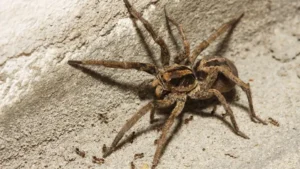
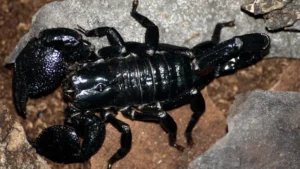
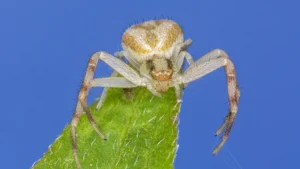

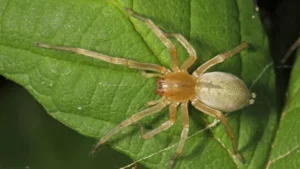
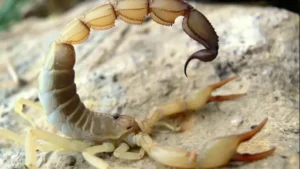

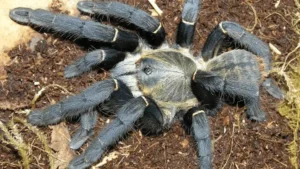



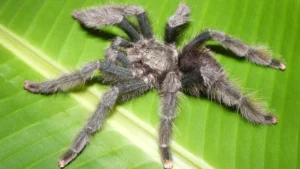
Leave your comment